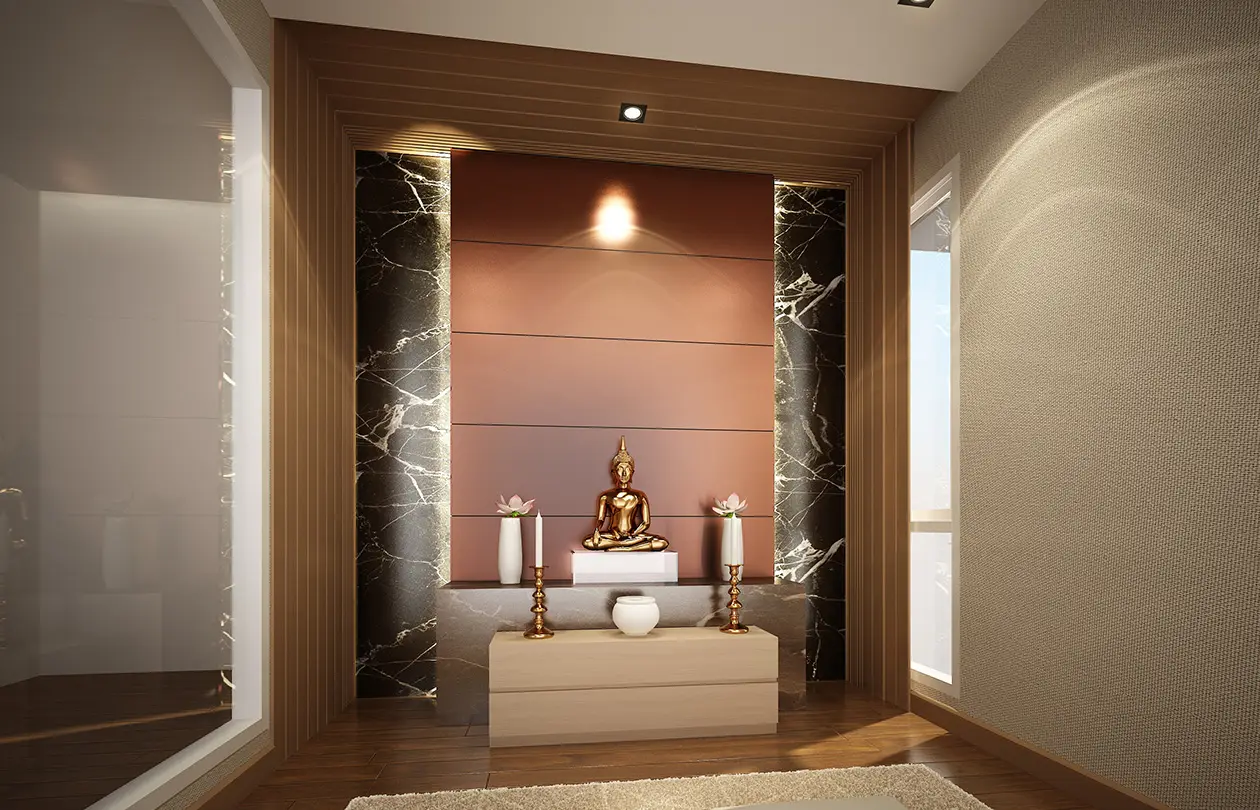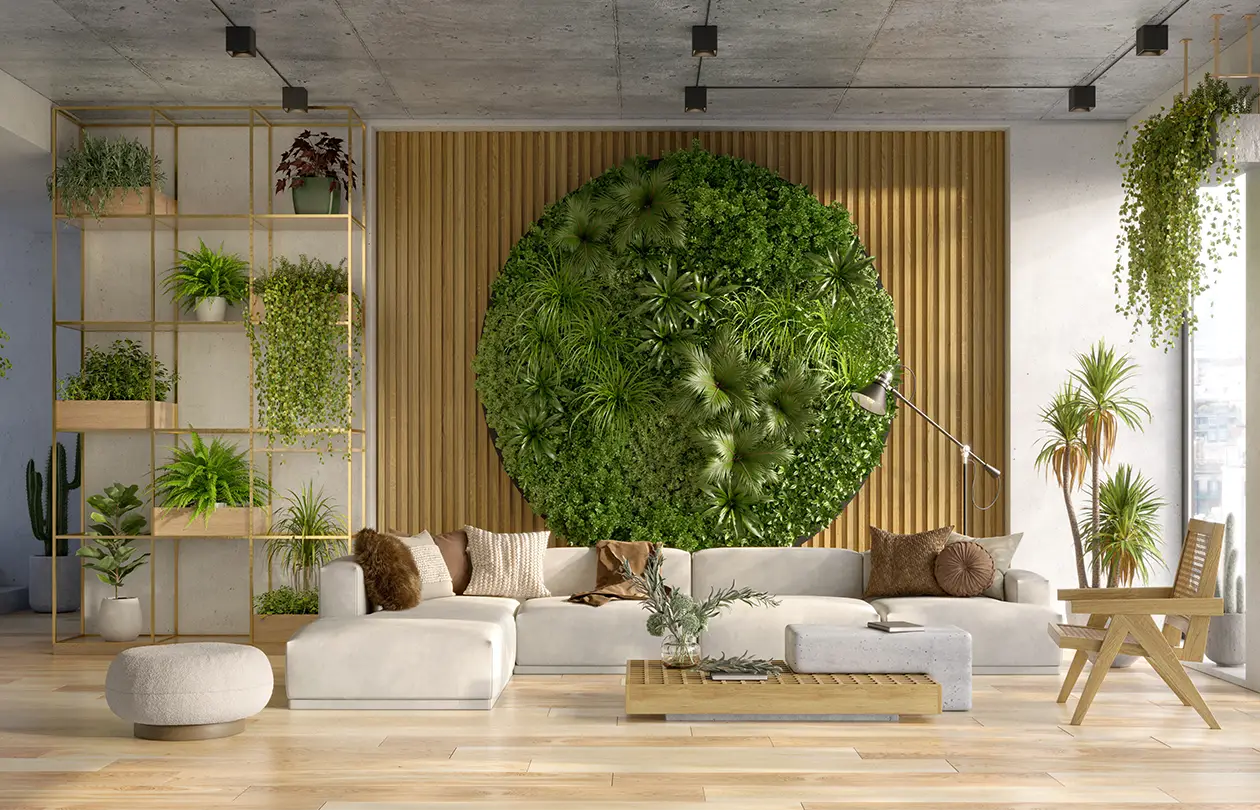In the heart of India’s evolving urban fabric, in the villas of Greater Noida, the town-homes of Noida, the lived-in homes of business magnates and global citizens, there is a quietly rising imperative: “India needs contextual design.” It is not enough to transplant an international luxury aesthetic and call it done. True luxury, for us at Kosha Spaces, is luxury anchored in the soil and rhythms of this land.
What does “contextual design” mean for Indian homes?
At its essence, it means creating spaces that respond to the climate, the culture, the craft and the client’s story. It means employing the vernacular language of light, material, texture and ritual but rendered with bespoke sophistication. For the Noida-Greater Noida region, that might mean: deep verandas to buffer summer heat, high ceilings to allow airflow, locally crafted marble or sandstone to tie to heritage, and subtle references to classical ethos in modern-luxury homes.
Globally, contextual design has been defined as the process of deeply understanding the “work practice” or the lived environment of the user. But for a luxury residential home in India, the concept becomes richer: it extends to cultural narratives, Vastu sensitivities, sustainable sourcing of materials, and a design language that whispers rather than shouts.
The Indian moment
In India, context is layered: climate (monsoon, summer), geography (plains, hills), culture (festivals, rituals), craft (marble carving, wood inlay) and lifestyle (living for extended families, hospitality). One case study of affordable housing in India articulates that when dwellers’ culture, community life and geography are ignored, the “shelter” becomes a shell, not a home. Extend that to luxury homes: overlooking context means missing the opportunity to root your home in place.
For discriminating clients in Noida and Greater Noida, that means going beyond trends and gimmicks. A luxury villa here must breathe the land, reflect the ethos, and feel timeless. It must answer: Who lives here? What rhythms of life do they follow? When the afternoon sun slants through the drawing-room windows, which materials reflect it with dignity? When guests enter, what story unfolds in the foyer?
How we approach it at Kosha Spaces
- Site and climate audit – In the Greater Noida region, we assess orientation, sun path, prevailing winds, among other factors. Efficient daylighting and passive cooling become design enablers.
- Material narrative – Instead of importing everything, we seek local materials, artisan craft, and finishes that age gracefully. The voice of local craft becomes part of the luxury narrative.
- Cultural choreography – Homes often host rituals, hospitality, and extended families. The design must anticipate living patterns: a terrace for Diwali gatherings, a pooja niche that aligns with natural light, corridors that invite procession, not merely passage.
- Personal story – Each homeowner has a story. This becomes the subtext of the design. Hundred ceilings, textured wood panels, artisan wallpapers — all cues that forge a personal connection.
- Sustainability & longevity – Contextual design is inherently sustainable. Materials that suit the climate, finishes that require less upkeep, and systems that respond to local site. For instance, respecting monsoon runoff, using deep overhangs, and ensuring good ventilation.
Why it matters for Noida/Greater Noida homes
In the frenzy of real-estate expansion, many homes fall for global templates: same marble, same lighting systems, same motifs. But a home in Greater Noida built that way may feel dislocated, detached from its place. Contextual design restores belonging. It enhances resale value, reduces operational cost, and creates a timeless sense of home, something that even labels like “luxury” can seldom guarantee.
Final word
If India’s homes are to become anchors of heritage, elegance, comfort and sustainability, they must lean into context, not away from it. In Noida and Greater Noida, the opportunity is immense. At Kosha Spaces, we believe that luxury is not defined by extravagance but by rootedness, by making design that belongs. Because India doesn’t just need interiors, India needs design with soul.



